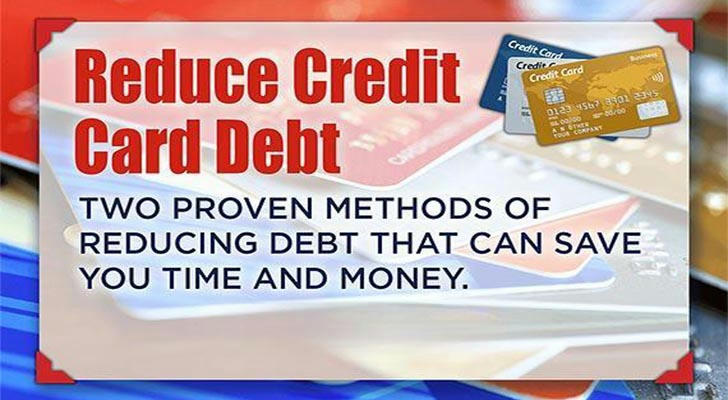Debt Consolidation and Bankruptcy Attorneys in 2025: Complete Guide to Debt Relief for Bad Credit
Credit card debt piling up? Bad credit making it nearly impossible to get new loans or credit cards? Every missed payment increases interest and late fees, pushing monthly obligations higher and creating constant financial pressure. In 2025, many Americans with poor credit are exploring debt consolidation programs and bankruptcy attorneys to reduce debt, simplify payments, and regain control of their finances.

What Are Debt Consolidation Programs and Bankruptcy Attorney Services?
Debt Consolidation Programs
Debt consolidation programs allow individuals with bad credit to combine multiple high-interest debts into a single, manageable monthly payment. This can lower interest costs, simplify repayment, and provide a clear path to reduce debt over time. While consolidation can improve monthly cash flow, some programs may require consistent income and a minimal credit threshold.
Bankruptcy Attorney Services
Bankruptcy attorneys help clients evaluate whether Chapter 7 or Chapter 13 is appropriate for their situation. They provide guidance on legal procedures, help protect assets, and structure repayment plans. While bankruptcy offers substantial relief, it can impact credit for several years, so professional evaluation is essential.
Advantages and Considerations of Debt Relief
Debt Consolidation Advantages
- Lower interest payments: Potentially save hundreds per month on high-interest debts.
- Simplified payments: One fixed monthly payment reduces the risk of missed payments.
- Structured repayment plan: Clear schedule helps track progress and regain control.
Debt Consolidation Limitations
- Qualification may be difficult for severely bad credit.
- Consolidation does not erase debt; repayment is still required.
Bankruptcy Advantages
- Chapter 7: Can significantly reduce unsecured debts for clients with minimal assets.
- Chapter 13: Court-approved 3–5 year repayment plan preserves assets while enabling gradual debt reduction.
- Credit rebuilding potential: Demonstrates consistent repayment under supervision.
Bankruptcy Limitations
- Legal and filing fees can be substantial.
- May impact ability to obtain new credit for several years.
Illustrative Example: Consolidating $18,000 of credit card debt from 19% to 12% APR lowers monthly payments to $850, saving $1,200 in interest over two years. A $25,000 Chapter 13 plan with $450/month preserves assets while gradually rebuilding credit.
Low-Cost Debt Relief Providers
| Provider | Cost Range | Services | Features / Target Users |
|---|---|---|---|
| Professional Debt Consolidation Companies | $50–$100/month | Combine debts, negotiate interest, extend repayment schedules | Individuals with bad credit or limited income |
| Certified Bankruptcy Attorneys | Chapter 7: $1,000–$3,500 Chapter 13: $2,500–$6,000 | Legal consultation, document preparation, court filing, debt structuring advice | Protect assets, ensure legal compliance, reduce legal risk |
| Upsolve (Nonprofit Bankruptcy Platform) | Minimal lawyer fees | Guides low-income or bad credit users through Chapter 7 filing | Accessible legal pathway for financially constrained individuals |
| Nonprofit Credit Counseling Agencies | $30–$70/month | Budget planning, debt management advice, recommend feasible programs | Help low credit users implement structured repayment plans without high costs |
These providers offer affordable solutions that reduce debt stress and provide guidance for individuals with bad credit, while some limitations should be considered before committing.
How to Obtain Debt Relief
Evaluate Your Debt Situation
- List all debts, balances, interest rates, and payment history.
- Identify which debts are most pressing or accruing the highest fees.
Compare Programs and Legal Options
- Review debt consolidation programs or consult bankruptcy attorneys.
- Assess monthly payment, interest reduction, and program duration to fit your financial capacity.
Apply or Schedule a Consultation
- Prepare necessary documents: debt statements, income verification, and asset details.
- Contact selected providers or platforms like Upsolve to start structured debt management.
Who Qualifies for Debt Relief
- Individuals with high-interest unsecured debt and bad credit
- Those whose monthly payments exceed income capacity
- People facing collection actions, growing late fees, or legal notices
Eligibility depends on program type or bankruptcy chapter. Professional consultation ensures strategies align with credit status, income, and long-term financial goals.
Conclusion
Debt relief is achievable even with bad credit. Programs for debt consolidation, guidance from bankruptcy attorneys, and platforms like Upsolve provide practical ways to reduce debt, simplify payments, and gradually rebuild credit. By understanding limitations, comparing providers, and taking structured steps, individuals can regain control of finances and achieve a more stable financial future.
